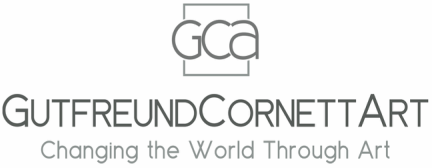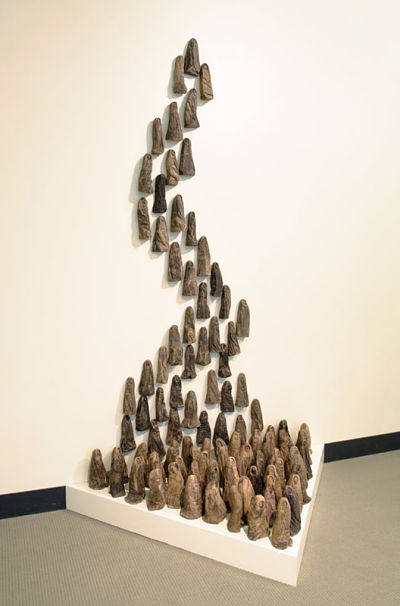I heard of my great-great-grandmother Ester Shapira for the first time in March of 2014. That year I joined a guided trip to Argentina to follow the footsteps of the Gauchos Judios*. The only thing I knew about any of my ancestors was that my maternal grandfather Miguel Tepper, was the first one to be born in Argentina and became a Jewish Gaucho. With the tour group we arrived in a town called Moises Ville. What unfolded opened a door into a family and a family story I never knew.
2 Comments
T
11/8/2017 08:33:31 am
When will we get it right....when will we ‘love thy neighbor’...embrace one another and gleam the good we all have. Your family’s story is still being replicated in every country and there is just to much loss to endure. When will we get it right?
Reply
Hi T, that’s exactly the reason I created this sculpture - “Those People Are Us”. In 2003-2006 as a result of us invading Iraq refugees began fleeing the war zone. Our media kept writing about “Those People”.
Reply
Your comment will be posted after it is approved.
Leave a Reply. |
STORIES from
|
|
|
- Home
- News
-
Projects
- BEYOND BORDERS: Stories of imMigration 2018 >
- RISE: Empower, Change and Action 2018 >
- SOCIAL JUSTICE: IT HAPPENS TO ONE, IT HAPPENS TO ALL 2016 >
- VISAURAL: SIGHT, SOUND and ACTION 2015 >
- VISION: AN ARTIST'S PERSPECTIVE 2016 >
- WHAT'S RIGHT, WHAT'S LEFT: DEMOCRACY IN AMERICA 2016 Phoenix Gallery NYC >
- About Us
- Coaching
- Contact
- Join


 RSS Feed
RSS Feed